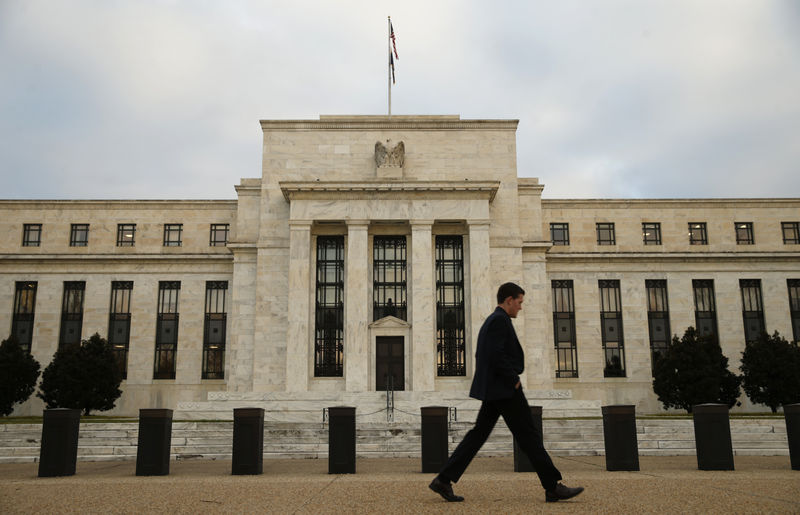(Bloomberg Opinion) -- Not long ago, Federal Reserve Chairman Jerome Powell shocked markets by suggesting that the world’s most powerful central bank still had a lot more rate-hiking to do.
Now, the mood music is turning more soothing.
It’s a subtle shift, and it’s slower than some would prefer. But it’s real and should be a balm for the global economy.
Powell gave investors a scare in early October, when he made comments indicating that the Fed might take interest rates higher than previously expected. Specifically, he said that the Fed’s short-term target was still “a long way from neutral,” the point at which it would be neither stimulating nor damping economic activity. Bond yields immediately shot up, turning his words into an actual brake on global growth.
The sharp reaction demonstrated a crucial tenet of monetary policy: tone matters. Getting it right can be particularly fraught as officials approach turning points. Some observers and investors will read too little, others too much.
In remarks this week, Powell and other Fed officials appear to be sending the message that he didn’t mean his comments the way they were taken. Gone is the loose language, along with any sense that the Fed will overdo interest-rate hikes.
Consider Powell's conversation with Dallas Fed President Robert Kaplan. Likely prepared in some detail, it was the ultimate no-surprise fireside chat. Powell laid out a scenario in which, instead of consistently raising rates, the Fed would pause sometime next year. It will watch the softening global expansion, the trailing off of tax-cut sugar highs and keep in mind that monetary policy works with a lag. The whole thing sounded rather balanced, and that's a difference.
Fast forward to Fed Vice Chair Richard Clarida, who in a Friday CNBC interview addressed the existential debate about what level is neutral and whether the central bank ought to go beyond that point into a restrictive zone. Noting signs that that the global economy is weakening, he suggested that the Fed is getting close to neutral, and that further rate increases should depend on how things look when it arrives.
It's not what was said as much as how it was said. A pause next year was always likely. If you take the Fed's projections at its September policy meeting as a guide, neutral might be around 3 percent. A few more upward nudges and the target rate will be in the vicinity. It's too late not to hike in December; the Fed would have needed to be way more clear such a surprise might be coming. But it could use December's projections and news conference to stress that officials aren't on a preset course and things can change.
Mind the tone. Observe the shading. A shift is underway and the global economy will welcome it.
